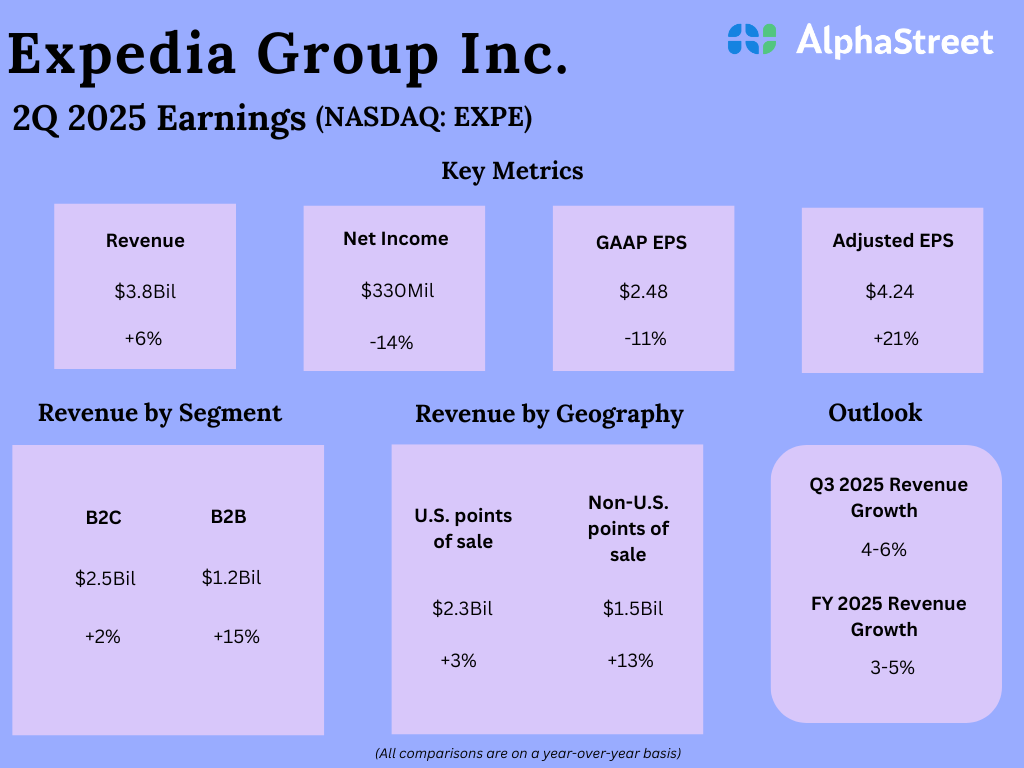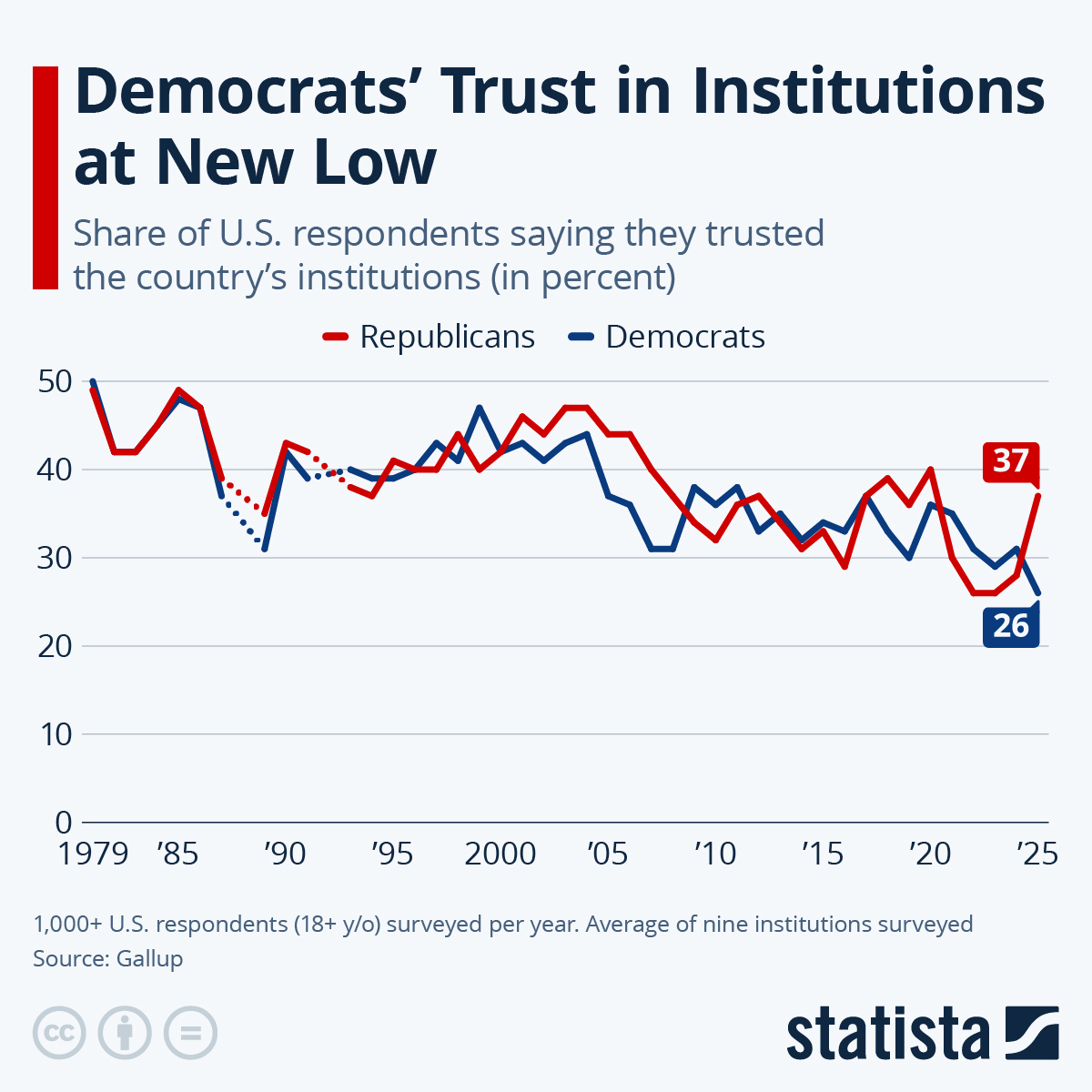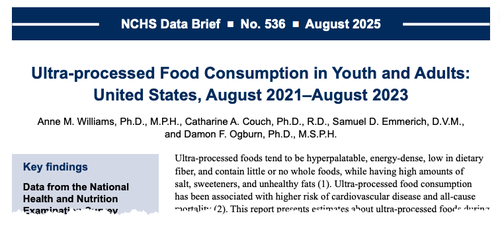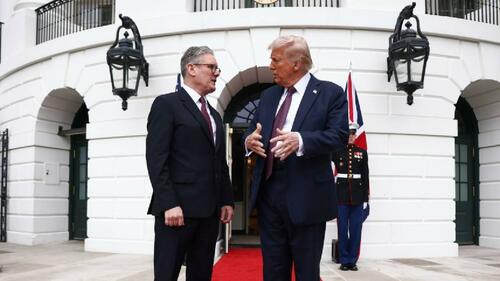Funding Crisis Fears Grow After Gold Market ‘Upended’ On Report Of US Tariffs On Swiss Bullion
In a report that has blindsided all bullion market participants, The FT reports that the US has slapped tariffs on imports of one-kilo gold bars, in a move that threatens to upend the global bullion market and deal a fresh blow to Switzerland, the world’s largest refining hub.
Coming just days after the Swiss government left The White House without agreeing on a trade deal, this is quite a shock since expectations were that all gold bars met the definition of ‘bullion’ and would therefore be exempt from tariffs. However, according to The FT, they will no longer be exempt…
The Customs Border Protection agency said one-kilo and 100-ounce gold bars should be classified under a customs code subject to levies, according to a so-called ruling letter dated July 31, which was seen by the Financial Times.
Ruling letters are used by the US to clarify its trade policy.
As Switzerland refines 90% of gold sourced from industrial mines, gold is set to become significantly more expensive in the US than in the international market.
Note that the US is a significant gold producer as well and therefore, as UBS points out, any countervailing tariffs from other countries on gold may severely impact supply chains.
Knock-on effects will be felt in funding markets as there will be a massive closeout of short Exchange-For-Physical (EFP) positions which triggers the need for funding in London.
It may similarly apply to other metals too. However, the ruling in the article was specific to two codes used for gold bullion.
This is what markets had feared back in January, but at that time had no idea whether gold/precious metals would be exempt.
As a reminder, the global trade flow for bullion is normally triangular: large gold bars travel between London and New York, via Switzerland, where they are recast into different sizes.
If the FT article proves to be correct, the market cannot do the same as before by pre-emptively moving metal into the US to avoid tariffs.
Positions are likely get closed out or supply chains adjust to source from countries with zero tariffs, but this will be difficult given the bulk of refining capacity sits in Switzerland.
The below charts suggest that EFPs have risen sharply…
with 1m COMEX futures at a record spread to Spot prices…
… but lease rates have not exploded yet…
…which suggests that there is ample metal around in London at the moment.
But…
now youse can’t stockpile no more https://t.co/pVUjWmgKD7 pic.twitter.com/RT2KOcUKjc
— zerohedge (@zerohedge) August 8, 2025
Diving a little deeper on what UBS warned about, the funding markets truly face a crisis.
“If shorts can’t source those bars easily, they’re forced to close out or roll positions, which cascades into a funding squeeze in London’s bullion banking system.”
As @OneChanceFreedm pointed out:
“The dehypothecation angle is key.
Basel III’s Net Stable Funding Ratio was already nudging bullion banks toward holding more physical and less leveraged paper.
This move accelerates that pressure by physically constraining deliverable supply in the very instruments that underpin settlement.
In other words, it doesn’t just tighten the market, it undermines the ability to endlessly rehypothecate the same bars through the LBMA clearing system.”
Finally, as we noted back in February, there is a potential ulterior motive here, which was also hinted at by The FT, suggesting that a gold revaluation by the US Treasury may be looming…
“currently, [US gold stocks] are valued at just $42 an ounce in national accounts. But knowledgeable observers reckon that if these were marked at current values — $2,800 an ounce — this could inject $800bn into the Treasury General Account, via a repurchase agreement. That might reduce the need to issue quite so many Treasury bonds this year”
Things have accelerated a little since then: if we assume the 39% tariff that applies to Swiss goods, then Gold is currently worth $4726 (1.39 x $3400)… which implies a $1.235 Trillion bump for the US Treasury.
Higher gold prices, the better (for Trump), as @OneChanceFreedm concludes:
“If intentional, it’s a geopolitical two for one where it weakens Switzerland’s refining dominance and force London’s bullion desks into a defensive funding position, all while boosting the relative leverage of U.S.-based refiners and COMEX as the global center of price discovery.
That’s a strategic strike on the gold market’s offshore liquidity loop.“
…assuming all that gold is there?
Tyler Durden
Thu, 08/07/2025 – 23:31













